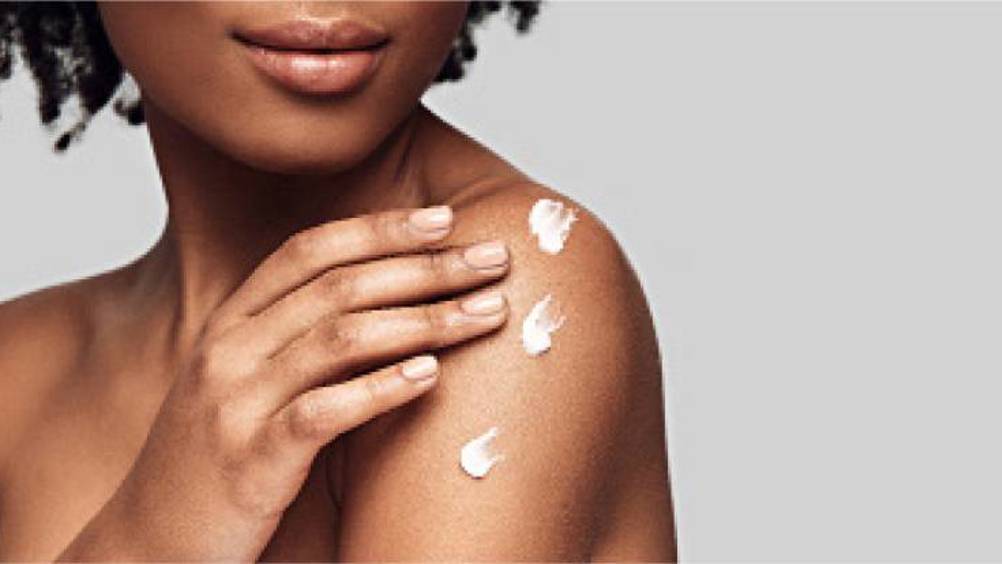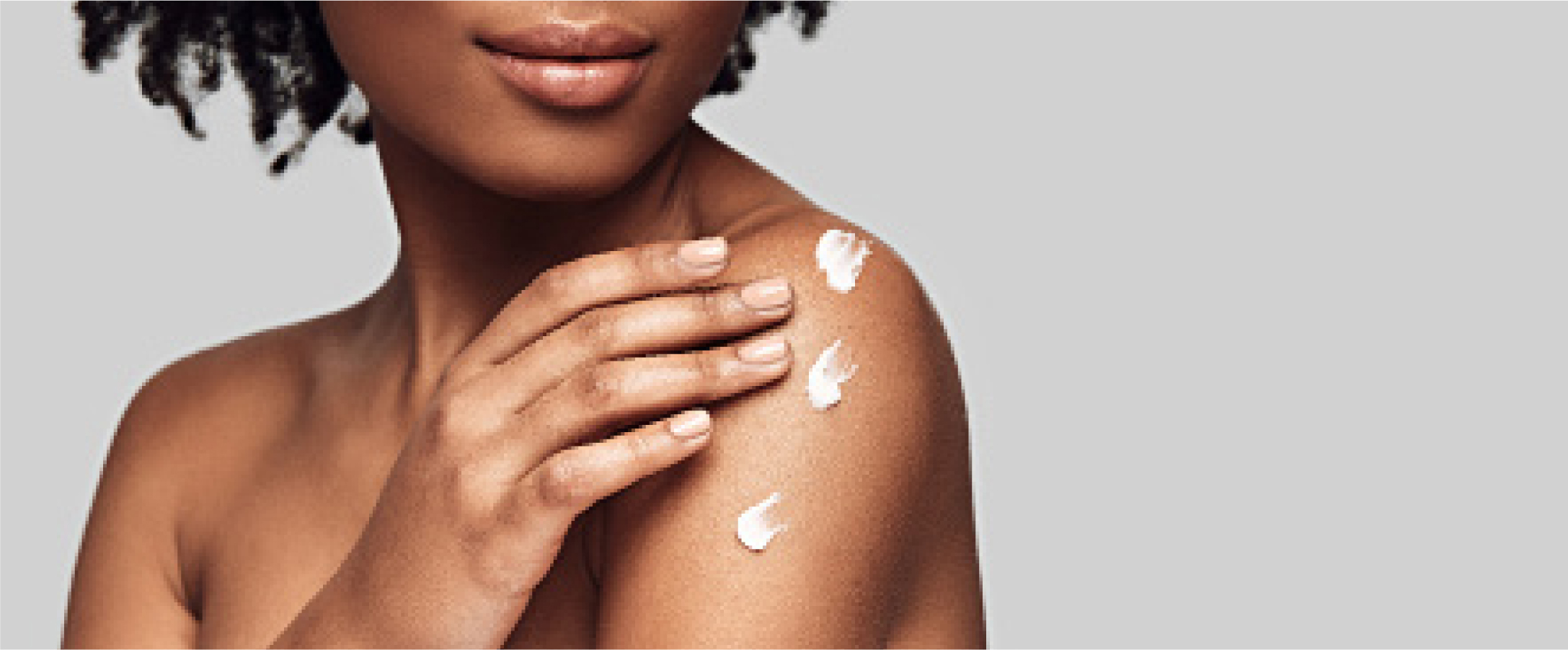References
RESEARCH ROUNDUP

Abstract
In this regular feature, aesthetic nurse Claudia McGloin presents a brief synopsis of a range of recently published articles on medical aesthetics. Research roundup aims to provide an overview, rather than a detailed summary and critique, of the papers selected. Should you wish to look at any of the papers in more detail, a full reference is provided at the end of each study summary

 One study noted that the effects of moisturisers on nonlesional atopic dermatitis skin was small and needed to be addressed in future studies
One study noted that the effects of moisturisers on nonlesional atopic dermatitis skin was small and needed to be addressed in future studies
Acne vulgaris, more commonly referred to as just acne, is one of the most common inflammatory skin conditions treated globally. Recent studies suggest that acne prevalence may be increasing in both adolescents and adults, in particular, female adults. The notion of the ‘burden of skin disease’ is multidimensional and can be difficult to measure due to very different international healthcare systems.
The issues with acne may vary according to patient demographics, access to treatments and the extent of the condition. As the nature of this disease is visible, acne symptoms can contribute both physically and psychosocially to the overall impact of the disease, as well as the costs associated with treatment. Generally, acne will present during adolescence, which can have a huge effect on a teenager's daily life, as well as negatively affecting their relationships, social skills and mental health.
Register now to continue reading
Thank you for visiting Journal of Aesthetic Nurses and reading some of our peer-reviewed resources for aesthetic nurses. To read more, please register today. You’ll enjoy the following great benefits:
What's included
-
Limited access to clinical or professional articles
-
New content and clinical newsletter updates each month


